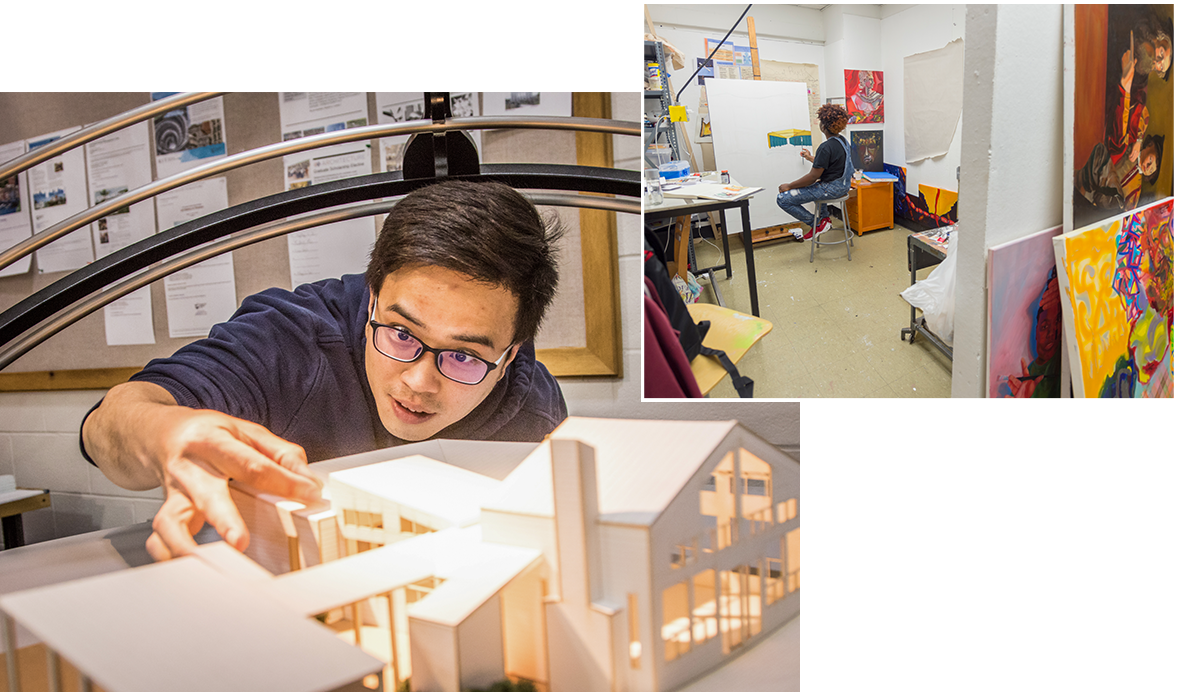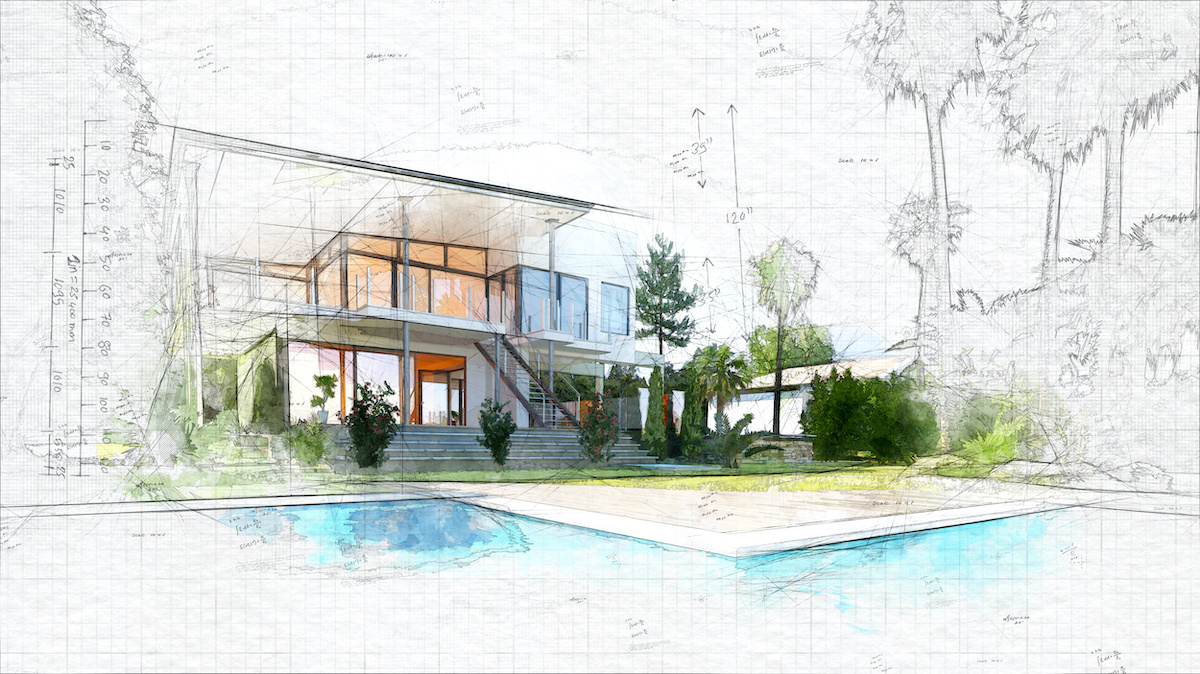The Creative Process Behind Effective Tasks from CDA Architects
The Creative Process Behind Effective Tasks from CDA Architects
Blog Article
The Influence of Technical Developments on the Style Practices of Contemporary Architects
The quick development of technical devices has actually significantly reshaped the design landscape for modern architects, cultivating unmatched levels of technology and sustainability. The integration of Structure Info Modeling (BIM), parametric layout, and artificial knowledge has not just streamlined partnership among varied groups but also redefined project execution. However, as designers embrace these advancements, they are challenged with complicated obstacles that might influence their imaginative procedures. Checking out these dynamics discloses a nuanced interplay in between technology and conventional style techniques, prompting a more detailed examination of what the future holds for architectural techniques.
Advancement of Architectural Equipment
How have architectural tools changed the style and building and construction processes over the centuries? The advancement of building tools has actually substantially impacted the efficiency, precision, and imagination of layout and building.
With the arrival of the Renaissance, the intro of the compass and the protractor noted a critical shift. These tools enabled engineers to achieve higher precision in their layouts, assisting in the development of even more intricate and proportional buildings. The Industrial Revolution further reinvented building technique with the introduction of mechanized devices and products, permitting bigger and extra enthusiastic projects.
In the 20th century, the development of computer-aided style (CAD) software program transformed the landscape as soon as again, providing designers with unmatched abilities in modeling and visualization. Today, advanced devices such as Structure Information Modeling (BIM) and parametric layout software program remain to press the limits of architectural development, allowing a much more incorporated approach to style and building processes.
Improved Collaboration in Design
As technology continues to develop, enhanced collaboration in design has actually ended up being a foundation of modern-day building practice. The combination of digital devices such as Structure Information Modeling (BIM), cloud-based systems, and advanced visualization software program has transformed the means engineers, designers, and stakeholders engage throughout the style process. These devices promote real-time communication, permitting groups to share concepts, adjustments, and comments immediately, no matter geographical area.

Additionally, interdisciplinary partnership has actually been streamlined via these technological advancements, allowing designers to function extra very closely with other specialists, such as urban coordinators and environmental professionals. The outcome is a much more cohesive technique to make that considers different point of views and experience. Eventually, enhanced partnership in design is not just a pattern; it is vital for producing innovative, practical, and visually pleasing style in a significantly complicated globe.

Sustainability Via Technology
Sustainability in design has increasingly become intertwined with technological development, driving the sector towards environmentally liable methods. Contemporary architects are leveraging advanced technologies to decrease environmental effect while enhancing the efficiency of structures. cda architects. One noticeable example is the usage of Structure Details Modeling (BIM), which permits for accurate preparation and source allowance, reducing waste during building and construction and promoting power efficiency throughout a structure's lifecycle
Moreover, clever materials and energy-efficient systems are being integrated right into designs to maximize source usage. Technologies such as solar cells and green roof harness sustainable energy sources, contributing to minimized carbon footprints. In addition, the application of man-made intelligence in design processes enables architects to mimic and analyze energy usage, directing decisions towards more sustainable outcomes.
The integration of sustainable modern technologies not only aligns with international ecological objectives but also fulfills a boosting demand from consumers for green services. As architects welcome these technologies, the emphasis moves in the direction of developing areas that are not only visually pleasing but additionally functionally sustainable, thus redefining the standards of modern-day design. In this way, innovation functions as a catalyst for sustainability, enabling architects to create buildings that respect and enhance the native environment.
Obstacles in Implementation
While technological advancements in design hold great pledge for enhancing sustainability, their application often runs into significant difficulties. One main obstacle is the Get the facts high learning curve connected with brand-new modern technologies. Engineers and building and construction specialists may call for substantial training to efficiently make use of sophisticated software and tools, which can delay project timelines and enhance prices.
Furthermore, the integration of emerging innovations, such as Building Details Modeling (BIM) and sustainable products, commonly necessitates collaboration throughout multidisciplinary groups. This partnership can be hindered by differences in knowledge, operations, and interaction styles, bring about prospective conflicts and inefficiencies.

Moreover, regulatory frameworks and building anchor codes may not keep speed with technical innovations, developing ambiguity and prospective conformity issues. This obstacle can dissuade architects from fully embracing new technologies, as the danger of non-compliance might exceed the benefits. Addressing these execution challenges is important for the effective integration of technical improvements in modern architectural techniques.
Future Fads in Style
The challenges related to the application of new technologies in style have actually triggered a reevaluation of future trends within the industry - cda architects. As architects navigate concerns such as sustainability, urbanization, and social equity, they are significantly adopting cutting-edge modern technologies to improve design efficiency and ecological performance
One popular pattern is the assimilation of man-made intelligence (AI) in the layout procedure. AI tools can analyze substantial datasets to notify layout choices, enhancing both creativity and capability. Similarly, Structure Info Modeling (BIM) proceeds to develop, enabling real-time collaboration among stakeholders and assisting in streamlined task management.
Lasting style practices are likewise getting energy, with designers concentrating on adaptive reuse and regenerative design concepts that reduce resource consumption and waste. The incorporation of smart products and sustainable energy resources will certainly even more improve read review the durability of structures when faced with environment modification.
Additionally, the rise of parametric design enables even more tailored and context-sensitive architectural solutions (cda architects). By harnessing these innovations, designers are positioned to develop constructed environments that not just attend to the immediate requirements of culture yet additionally anticipate future obstacles, thus redefining the role of style in an ever-changing world
Final Thought
Technical innovations have significantly reshaped architectural design practices, promoting boosted precision, partnership, and sustainability. The assimilation of devices such as Structure Details Modeling and parametric layout software program, alongside fabricated intelligence and smart materials, encourages designers to resolve complex challenges extra properly.
Report this page